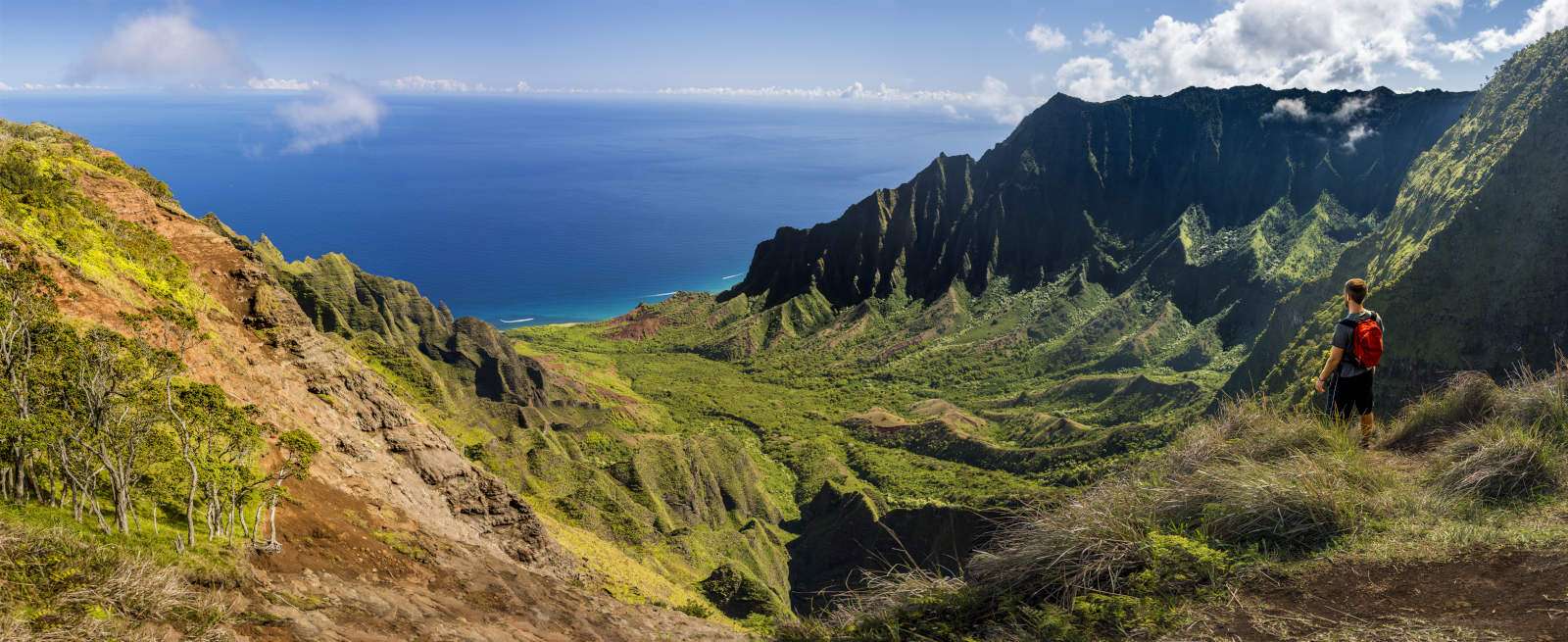Camping Tips - Safety, Equipment and Camping Gear
Wiki Article
Camping Tips - Protection, Equipment and Mountaineering Gear

When you Related Site speak about hiking, it does not entail you have to go for an issue as outlandish or even extreme as the Appalachian Trail. It can be as simple as using a walk through a woodland or up a good hill in your neighborhood's vicinity. For the most part, hiking will cost you nothing to help very little and is a good stress reliever. Certainly, the mental and physical benefits you can aquire from hiking you must can live a very fruitful and attained life.
But although hiking can be excitement, there are also a number of guide lines and survival guidelines one must factor in to avoid danger along with stay safe. Among the more important tips is for one to hike in a group. It is much safer for you to hike in a set especially if it is for a nature trail you will be unaccustomed to.
Mountaineering with Friends
The support and Get More Information inspiration obtained from the group will help you in all those times when you might think with packing up abandoning. Actually, even when you are hiking on trek you are used to, this doesn't hurt to bring one or more person along when this is a natural deterrent to anyone over the trail that may be lurking with ill set.
You also must take precautions when walking up and down a hill. On the ascent, you must loosely lace your boots around ones own ankles to provide considerable room for mobility. When going all downhill, you need to avoid jamming your toes simply by placing your heels in the back of the footwear and tightly tying your laces across the ankles while departing them loose with the toes.
Use a camping stick or hiking pole. These stands help with balance along with stability when becoming greater or down some sort of incline. They also offer an additional support to your legs, reduce the knee pressure and make it easier to support the upper physical structure especially when you embark on a long trek.
Have Water
Always Learn More Here have your own water. Should you be sure there will be mineral water at your destination, take just slightly more than sufficient water to last until you show up. Water is from greater importance compared to food to your your survival. Always filter every water you find on the trail and that you are in need of using -- unless the water is normally from a natural springtime. If you can fix a long drinking straw for the water bottle to help you to drink as you proceed, the better.
Dress in clleular layers in order to ensure you maintain the proper body temperature by using changes in conditions. The weather can change noticeably when you are out on a long hike and you need be prepared for all version of weather conditions. Avoid cotton clothing because it supports moisture for very long stretches. Use polypropylene and other synthetic materials. Ensure that you wear dark gear because they dry a lot quicker. Wear light colorful clothing if you're camping in areas recognised for their tick pests.
It's also important that you watch out for sunstroke when hiking in the warm sun. If you plan on hiking in the the summer months then you must be aware that the exposure to high temperature might cause excessive fluid loss which may lead to warm exhaustion, or inside serious cases quite possibly to a heat caress. Wear a baseball hat that is broad rimmed and that has a secure. It gives better protection from warm wind and sunlight.
Hiking Boots and Equipment
Of all the camping out gear and devices you need, your hiking boots are probably the most crucial. Good boots provide traction and support throughout the hike. A very good pair of boots should not be overly costly even though you should not give up on quality inside the name of lower overall cost. It is best that you purchase ones own boots from a automotive dealer who is conversant while using standards required of outdoor wear. " booties " vary from lightweight with regard to light hiking to help you heavy boots which might be more durable and sustain the feet and ankles. The features you'll want to look out for when buying your hiking boots include water level of resistance, weight of the footwear, the price, the digital groove for crampons, the width involving toe box and also the gusseted tongue.
Above and beyond your hiking footwear, there are other forms involving equipment needed for everyone hike. If you anticipate embarking on a day increase, you will need hiking socks, water purifying capsules (if you are not using your own water), some sort of back pack, walking stay, traction devices, test beacons, signaling gear, Avalanche probes (if you will be on snow covered hilly terrain), jackets, binoculars, first aid kit, a compass, sunscreen and foods. For an overnight backpack, you will require a covering, sleeping bag, campy stoves, rain supplies, matches, a Swiss army knife, and a flashlight.
Get a guide of the route you want on taking. If you ever plan to hike by themselves or with one another person, notify your family (or a ranger if you are hiking through a park) on the place at which you will be and the moment you expect to return. This way, someone can come looking for you if you are inside trouble or just easily lost.